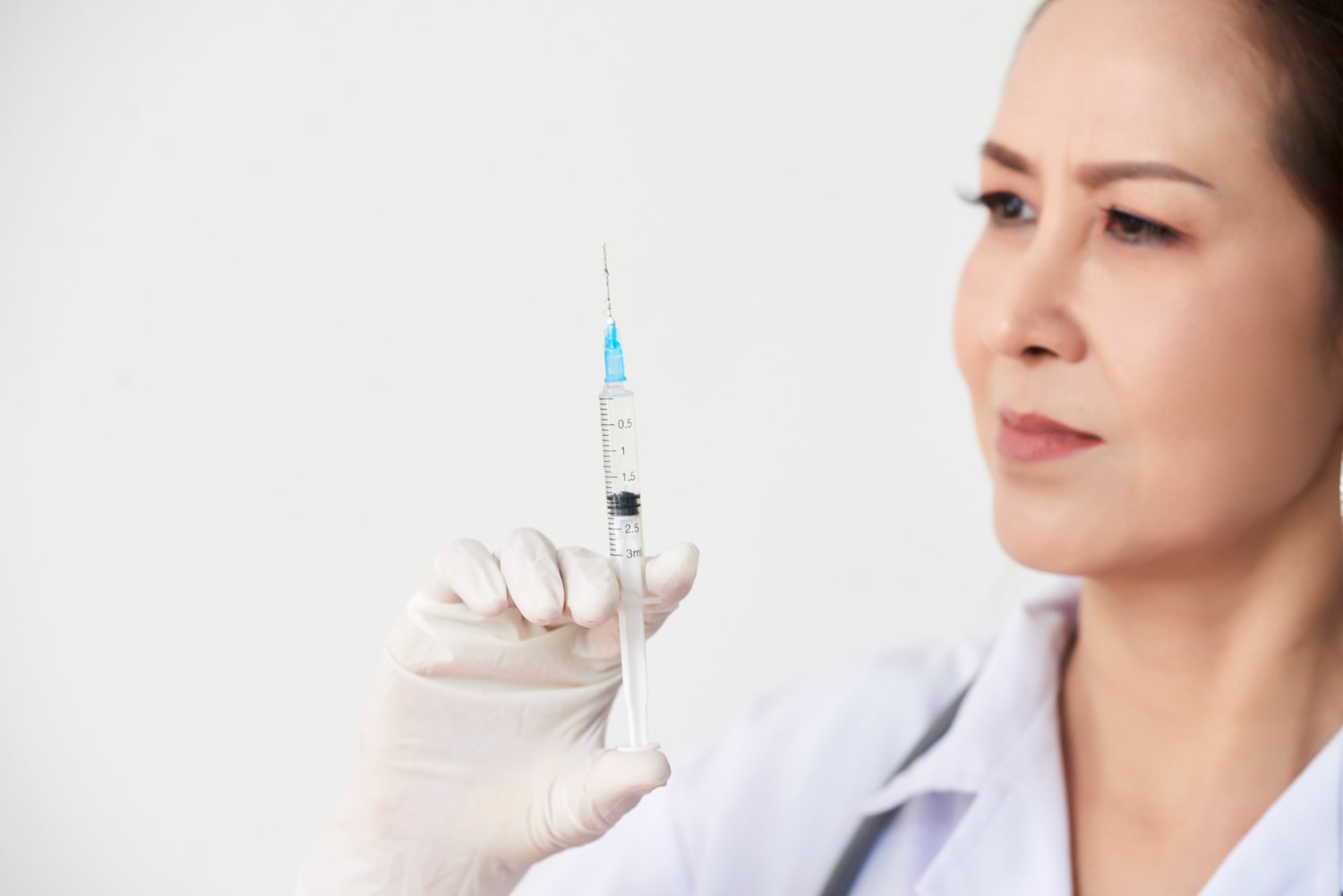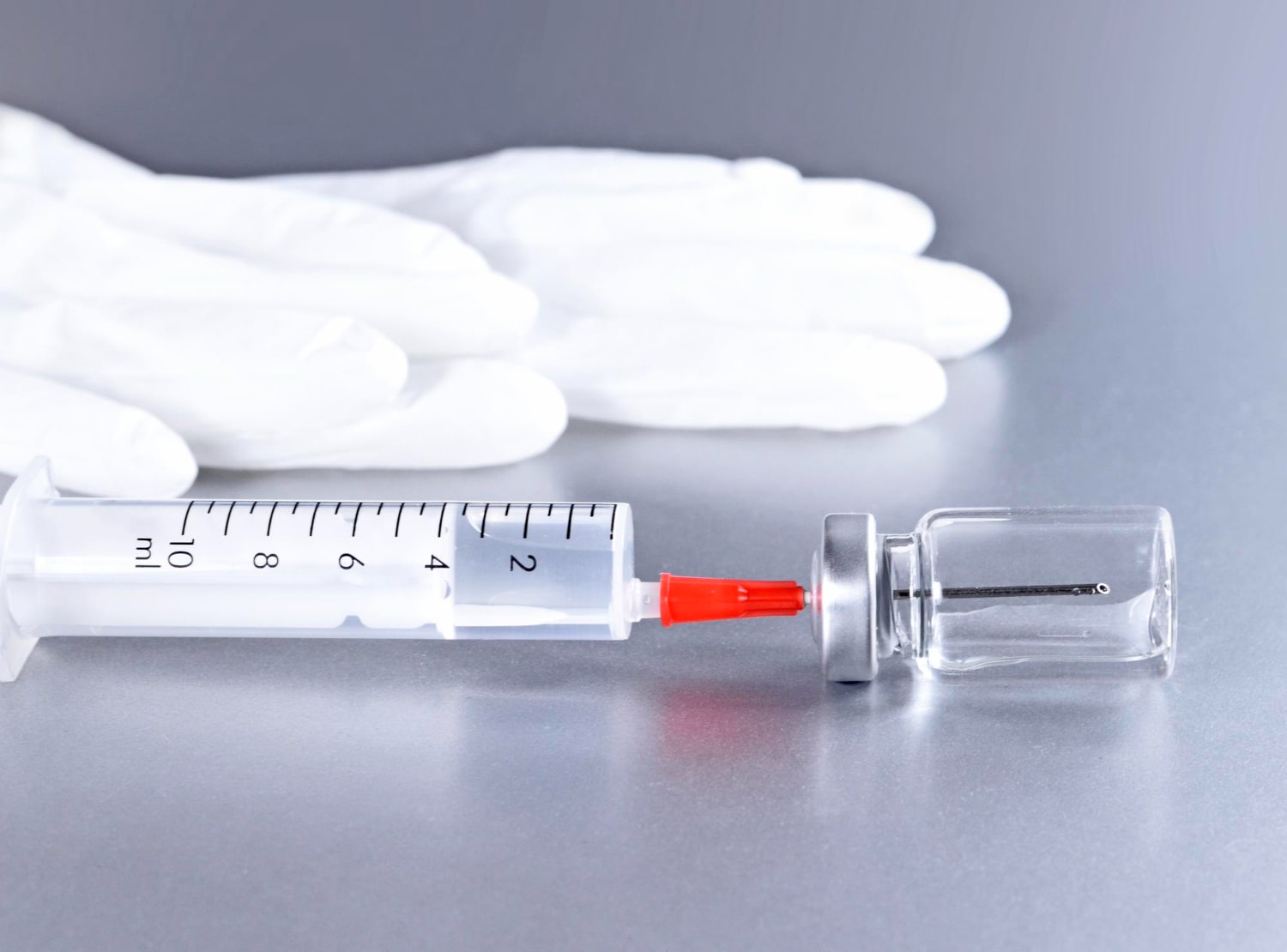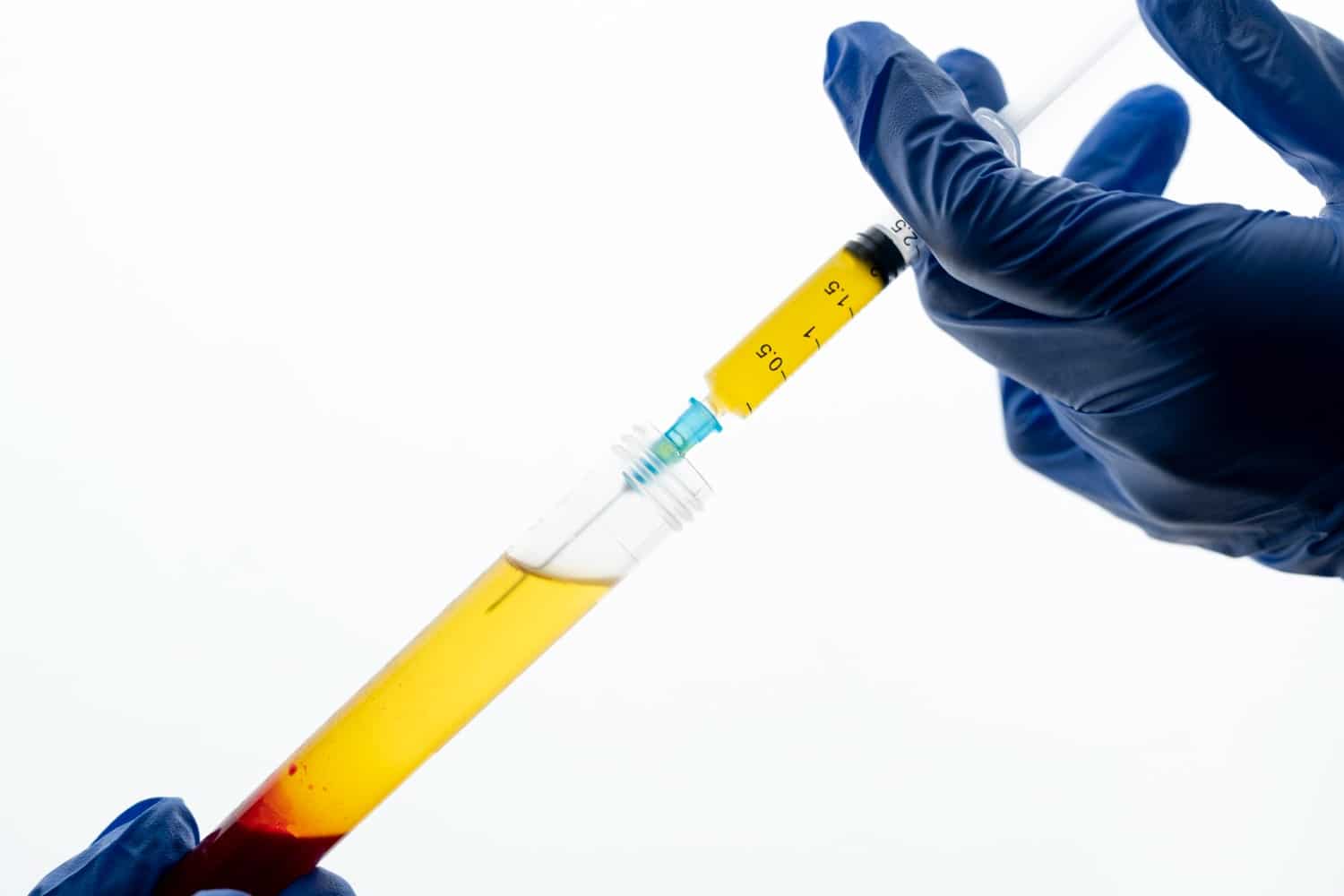The Revolutionary Potential of Injectable Platelet-Rich Fibrin
In the vast realm of medical advancements, few innovations promise as much transformative potential as Injectable Platelet-Rich Fibrin (iPRF). This cutting-edge therapy, derived from the very essence of human healing—our blood—offers a beacon of hope across various medical fields. From dentistry to orthopedics and cosmetic surgery. Imagine a natural, powerful tool engineered from your body that accelerates healing, enhances tissue regeneration, and could potentially turn the tide in chronic disease management. Intrigued? Let’s dive deeper into the fascinating world of iPRF and explore how it’s setting a new standard in therapeutic treatments.
A Closer Look at iPRF’s Mechanism and Applications
iPRF works by harnessing the growth factors that are naturally present in blood, which are essential for repairing tissues. When concentrated through the iPRF process, these factors can significantly amplify the body’s own healing abilities. This makes iPRF an exceptionally potent therapeutic option not just in one, but multiple branches of medicine. For instance, in dentistry, iPRF has been shown to remarkably enhance the healing process after procedures such as extractions and implants. Surgeons embed iPRF into the surgical sites to promote faster clotting, reduce infection rates. Also to improve the integration of dental implants.
In orthopedics, iPRF is transforming the way doctors approach joint and muscle injuries. Traditional treatments can be invasive and require long recovery times. But iPRF provides a minimally invasive alternative that helps regenerate tendon tissues and alleviate joint pain. It’s particularly beneficial for athletes, who often need rapid recovery to return to their sports.
Cosmetic surgeons also utilize iPRF in aesthetic procedures to promote skin rejuvenation. By injecting iPRF into the skin, practitioners can stimulate collagen production. Which improves skin elasticity and reduces the appearance of wrinkles without the use of synthetic fillers.
With each application, Injectable Platelet-Rich Fibrin (iPRF) continues to demonstrate its vast potential, paving the way for new therapeutic possibilities. It not only offers enhanced healing benefits but also reduces the need for more invasive treatments. Making it a cornerstone of modern regenerative medicine. As we continue to explore and understand the full capabilities of iPRF, it is clear that its impact on medicine could be revolutionary. Changing lives and healing bodies in ways we are just beginning to comprehend.

What is Injectable Platelet-Rich Fibrin (iPRF)?
Understanding the Basics
At its core, iPRF is a biologic material obtained by centrifuging a patient’s own blood. Unlike its predecessor, Platelet-Rich Plasma (PRP), iPRF includes not only platelets but also white blood cells and fibrin. Creating a richer matrix that promotes more effective healing and regeneration. This fibrin network, rich in platelets, is the secret sauce that releases growth factors gradually. Enhancing the natural healing process in the applied area.
The Science Behind Injectable Platelet-Rich Fibrin (iPRF)
iPRF is prepared by drawing a small amount of blood from the patient. Which is then processed in a centrifuge at a low speed. This specific protocol avoids the use of anticoagulants and allows the blood to clot. Forming a fibrin matrix that naturally incorporates platelets and growth factors. The resulting injectable fibrin mesh works synergistically in the body. Supporting cellular activities that are critical for tissue repair and regeneration.
Enhanced Biological Functionality
The methodology behind Injectable Platelet-Rich Fibrin (iPRF) is designed to maximize the biological activity of the blood components. By centrifuging the blood at a controlled speed, iPRF retains a higher number of living cells. Which remain active and are capable of exerting more profound biological effects once reintroduced into the body. This approach ensures that the fibrin matrix is not only richer. But also more dynamic, providing a scaffold that mimics the body’s natural healing environment.
Furthermore, the inclusion of white blood cells in iPRF contributes to its antimicrobial properties. Offering additional protection against infection following medical procedures. This aspect is particularly important in fields such as dentistry and orthopedics. Where the risk of infection can complicate recovery and outcomes.
A Natural and Potent Healing Aid
By leveraging the body’s innate healing mechanisms, iPRF presents a natural yet potent therapeutic option. It effectively creates a microenvironment that promotes cell migration, proliferation, and angiogenesis—the formation of new blood vessels—which are essential phases of the healing cascade. This capacity to not only speed up but also enhance the quality of tissue repair makes iPRF a valuable tool in both acute and chronic conditions. Ranging from surgical recovery to the management of persistent wounds.
The innovative nature of iPRF, combined with its proven effectiveness, underscores its growing role in the future of regenerative medicine. It is a testament to how advanced scientific techniques can harness and amplify the body’s natural processes to improve health outcomes.

Medical Applications of Injectable Platelet-Rich Fibrin (iPRF)
In Dentistry
Dental professionals have rapidly adopted iPRF for its remarkable ability to improve healing after oral surgeries. Such as dental implants and bone grafting. It promotes faster tissue regeneration, reduces the risk of complications. And enhances overall patient outcomes by speeding up the healing process and reducing pain. iPRF is particularly effective in promoting the integration of dental implants with existing bone. Encouraging quicker bone healing and minimizing the period patients need to wait before final restorations can be placed. Additionally, the use of iPRF in periodontal therapy helps in the regeneration of periodontal ligaments and alveolar bone. Making it an excellent adjunct in the treatment of periodontal diseases.
Orthopedics and Sports Medicine
Orthopedic surgeons and sports medicine specialists find iPRF invaluable for treating tendon injuries, joint pain, and osteoarthritis. Its application in these areas can decrease inflammation, stimulate collagen production, and ultimately expedite the recovery of musculoskeletal injuries without the need for synthetic materials. For athletes, iPRF can mean a faster return to training and competition by significantly reducing recovery times. It is also increasingly being used in the management of acute sports injuries and post-surgical recovery. Providing a natural yet effective alternative to traditional anti-inflammatory medications and steroids.
Cosmetic and Reconstructive Surgery
In the field of cosmetic surgery, Injectable Platelet-Rich Fibrin (iPRF) is a game-changer. It is used for facial rejuvenation, scar treatment, and improving skin texture and elasticity. The growth factors in iPRF help stimulate skin cells. Leading to more youthful, vibrant skin without the use of chemicals or invasive procedures. This biocompatible method minimizes the risk of allergic reactions and provides a natural approach to anti-aging. Surgeons are incorporating iPRF in procedures such as facelifts and breast reconstructions to enhance healing, reduce scar visibility, and improve aesthetic outcomes. The natural growth factors in iPRF support the skin’s underlying structure. Promoting a smoother, more natural-looking skin rejuvenation process.
These diverse applications underscore iPRF’s versatility and effectiveness across different medical specialties. Each utilization of iPRF not only illustrates its capacity to enhance healing and regeneration. But also highlights a shift towards more natural, patient-friendly medical treatments. As the medical community continues to explore and expand the applications of iPRF, its impact on improving patient care and treatment outcomes becomes increasingly evident.

The Benefits of Injectable Platelet-Rich Fibrin (iPRF)
Natural and Safe
One of the most compelling advantages of iPRF is its safety profile. As a product derived from the patient’s own body, the risk of allergic reactions or infections is significantly minimized. This autologous approach ensures compatibility and reduces the common risks associated with synthetic materials. Since iPRF utilizes the patient’s own biological material, it harmonizes naturally with the body’s mechanisms, avoiding the complications that can arise from foreign substances. This makes it particularly suitable for patients who are sensitive or have allergies to certain drugs or external agents used in other treatments.
Enhanced Healing Properties
The slow release of growth factors from the fibrin matrix in iPRF provides a sustained stimulus for healing, unlike other treatments that might offer a quicker but shorter-lived effect. This prolonged activity helps in forming robust repair tissues. These growth factors play a critical role in various stages of the healing process, including inflammation reduction, new tissue generation, and remodeling of the affected area. By promoting these natural processes more effectively, iPRF accelerates recovery while ensuring that the new tissues are strong and healthy. Additionally, this method reduces the likelihood of recurring injuries or complications, as it supports more comprehensive and durable healing.
Versatility
iPRF’s versatility is evidenced by its wide range of applications across various medical fields. It’s adaptable and can be mixed with other substances such as bone graft materials or used alone, depending on the clinical need. This flexibility allows it to be tailored to the specific requirements of each patient and condition, making it a valuable tool in personalized medicine. Whether enhancing the success of dental implants, aiding in the repair of orthopedic injuries, or rejuvenating aging skin, iPRF can be customized to optimize outcomes in a variety of therapeutic contexts.
Cost-Effectiveness
Moreover, iPRF is cost-effective compared to many alternative therapies, especially those involving synthetic materials or more invasive procedures. By reducing the need for repeat treatments and accelerating the healing process, iPRF can decrease overall healthcare costs for patients. It also lessens the economic burden associated with long recovery periods, such as lost wages or extended medical care, making it a financially viable option for both patients and healthcare systems.
Improving Patient Outcomes
Ultimately, the benefits of iPRF extend beyond physical healing. Patients treated with iPRF often experience quicker returns to their normal activities and lifestyles, enhancing their overall quality of life. This improvement is crucial for patient satisfaction and can significantly impact their mental and emotional well-being during recovery. The use of iPRF reflects a broader trend in medicine towards treatments that not only heal the body but also cater to the holistic needs of patients, promoting overall health and wellness in a safe, natural, and effective way.

Conclusion: The Future of Healing with Injectable Platelet-Rich Fibrin (iPRF)
Injectable Platelet-Rich Fibrin stands at the forefront of a medical revolution, harnessing the body’s own healing capabilities to offer safer, more effective treatment options. As research progresses and technology evolves, the scope of iPRF’s applications is likely to expand, paving the way for innovative treatments that could redefine medical practices and improve the quality of life for patients worldwide.
Pioneering New Frontiers in Medicine
iPRF is not just a treatment; it’s a pioneering approach that opens new frontiers in medicine. The ongoing research into its applications is unveiling its potential in areas previously unexplored. For example, studies are exploring its use in neurology, particularly in the healing of nerve injuries, and its potential applications in treating chronic ulcers and diabetic foot ulcers, conditions notoriously difficult to manage with conventional treatments.
Furthermore, the use of iPRF could lead to advancements in organ regeneration and repair. Researchers are investigating its effects on liver and heart tissue, which could lead to breakthroughs in treating diseases that currently require extensive and invasive interventions, such as transplants. This research holds the promise of transforming iPRF into a key player in regenerative medicine, providing hope for conditions that are currently considered incurable.
A Testament to Human Innovation
In a landscape crowded with complex, often harsh treatments, iPRF shines as a beacon of natural healing and hope. Its journey from a novel idea to a cornerstone treatment in multiple medical specialties is not just exciting—it’s a testament to the incredible capabilities of human innovation in the service of health and well-being. This progression from innovative concept to essential medical resource illustrates the dynamic nature of medical science and its ability to continually evolve, adapting new technologies and discoveries to improve patient care.
The potential of iPRF to further integrate into routine medical practices and expand into new therapeutic domains highlights an exciting era of healthcare. As we look to the future, the integration of such advanced biological therapies promises to not only enhance healing and recovery rates but also significantly improve the ways we approach and manage disease. Moving forward, iPRF represents a key element of a broader shift towards more personalized, effective, and less invasive treatments, marking a significant step forward in our ongoing quest to provide optimal health outcomes for all patients.
Frequently Asked Questions about Injectable Platelet-Rich Fibrin (iPRF)
Injectable Platelet-Rich Fibrin (iPRF) is an advanced medical product created from a patient's own blood. It involves concentrating platelets, white blood cells, and fibrin (a protein involved in blood clotting) to create a healing matrix that promotes faster and more effective tissue regeneration.
While both iPRF and PRP (Platelet-Rich Plasma) are derived from the patient's blood and used to enhance healing, iPRF is considered more advanced due to its inclusion of a fibrin matrix. This matrix allows for the slow release of growth factors over time, which can provide more sustained healing compared to the quicker release from PRP.
iPRF is widely used in various fields of medicine including:
- Dentistry: Enhancing healing in procedures such as tooth extractions, dental implants, and bone grafting.
- Orthopedics: Treating tendon injuries, joint pain, and aiding in the recovery of musculoskeletal injuries.
- Cosmetic Surgery: Facilitating skin rejuvenation, scar treatment, and improving the appearance of aging skin.
The process involves drawing a small amount of blood from the patient, which might cause some discomfort similar to a routine blood test. The injection of iPRF itself may cause mild pain or discomfort, depending on the area treated, but it is generally well tolerated.
The time frame for seeing results from iPRF treatment can vary depending on the individual's health, the area of treatment, and the severity of the issue being addressed. Some patients may notice improvements within a few weeks, while others might see optimal results after several months.
Since iPRF is made from the patient's own blood, the risk of allergic reactions or rejection is significantly reduced. However, common side effects associated with the injection may include temporary swelling, pain at the injection site, or bruising, all of which typically resolve within a few days.
The number of iPRF treatments required can vary. Some conditions may see improvement with just a single treatment, while chronic or more severe conditions might require multiple sessions. It’s best to consult with a healthcare provider to determine the appropriate treatment plan based on individual needs.
While most people are potential candidates for iPRF treatments, certain conditions such as blood disorders, chronic liver disease, or individuals on anticoagulant therapy may not be suitable. A thorough medical consultation is necessary to ensure the safety and efficacy of iPRF for each individual.
Look for medical practitioners who are specifically trained in the preparation and application of iPRF. It's important to choose providers who have a good track record, necessary certifications, and who can provide testimonials or references from previous patients.




